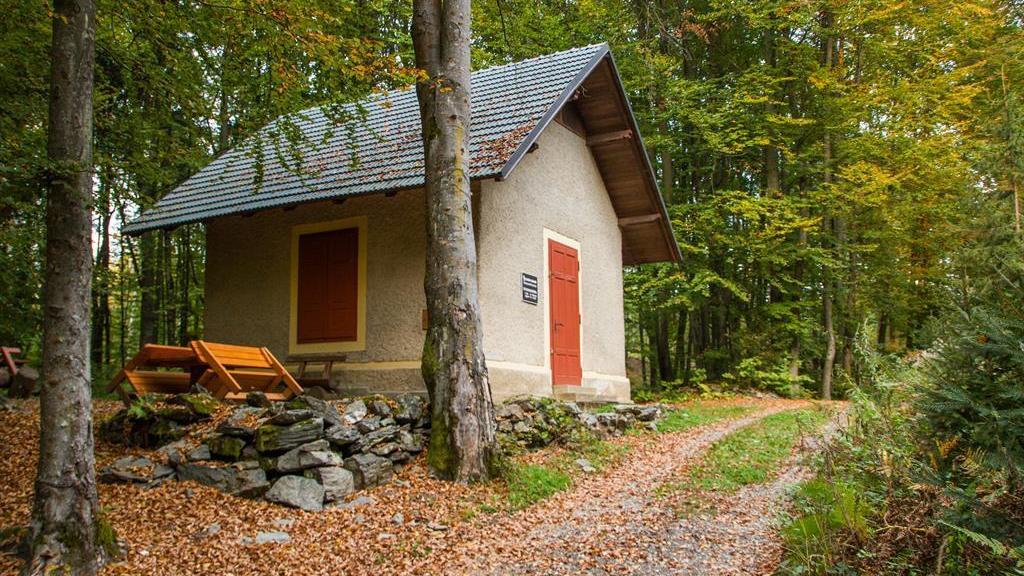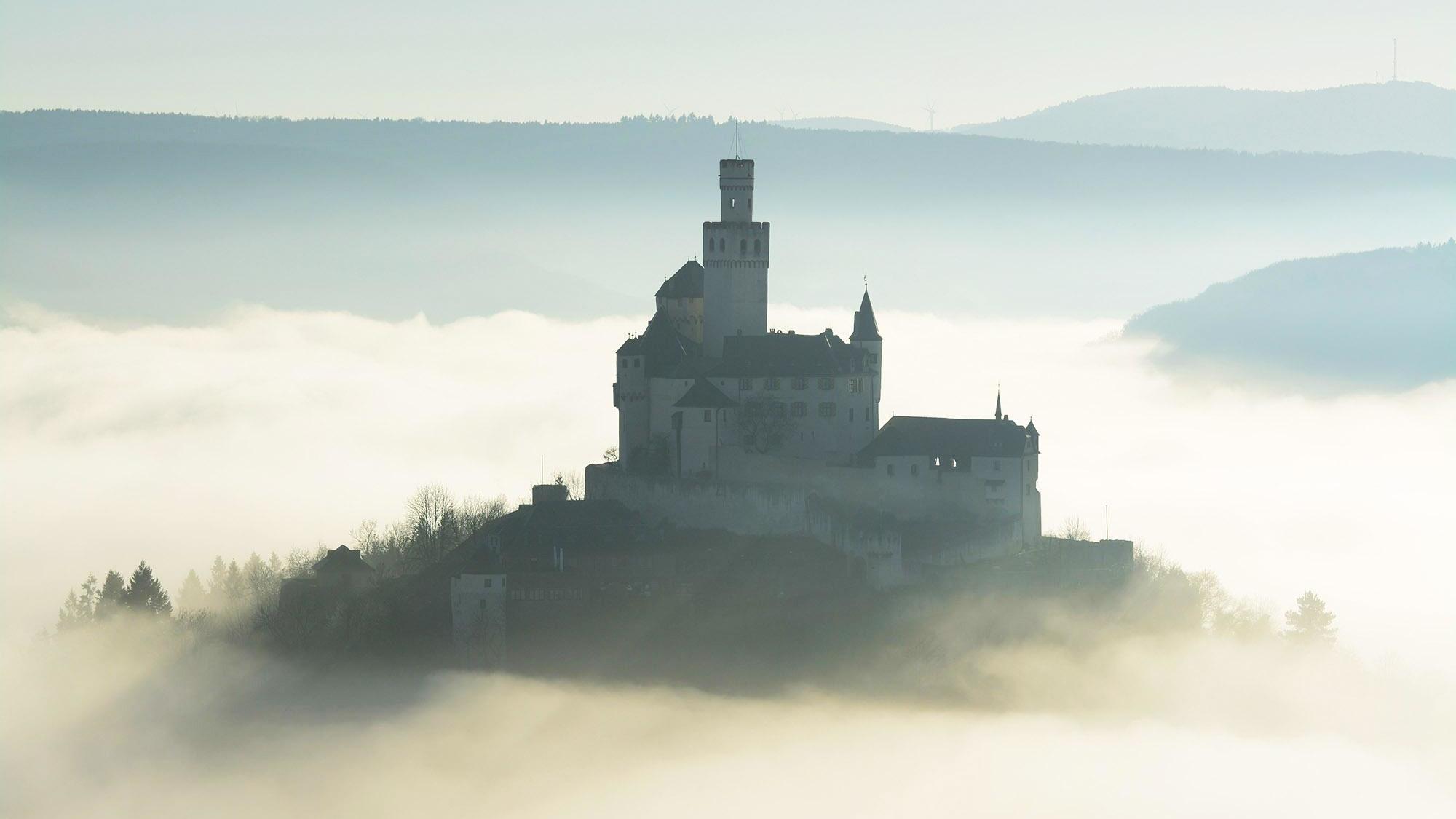The Tesla Quartet Plays Haydn
Last month, we explored excerpts from the Tesla Quartet’s newly-released debut album. In addition to music by Ravel and Stravinsky, the recording includes Franz Joseph Haydn’s String Quartet in C Major Op 54 No.2. Written in 1788, this piece is so daring and adventurous that it fits in perfectly on an album otherwise made up of twentieth century music. You’ll hear this spirit of adventure immediately in the Quartet’s opening bars. The home …







